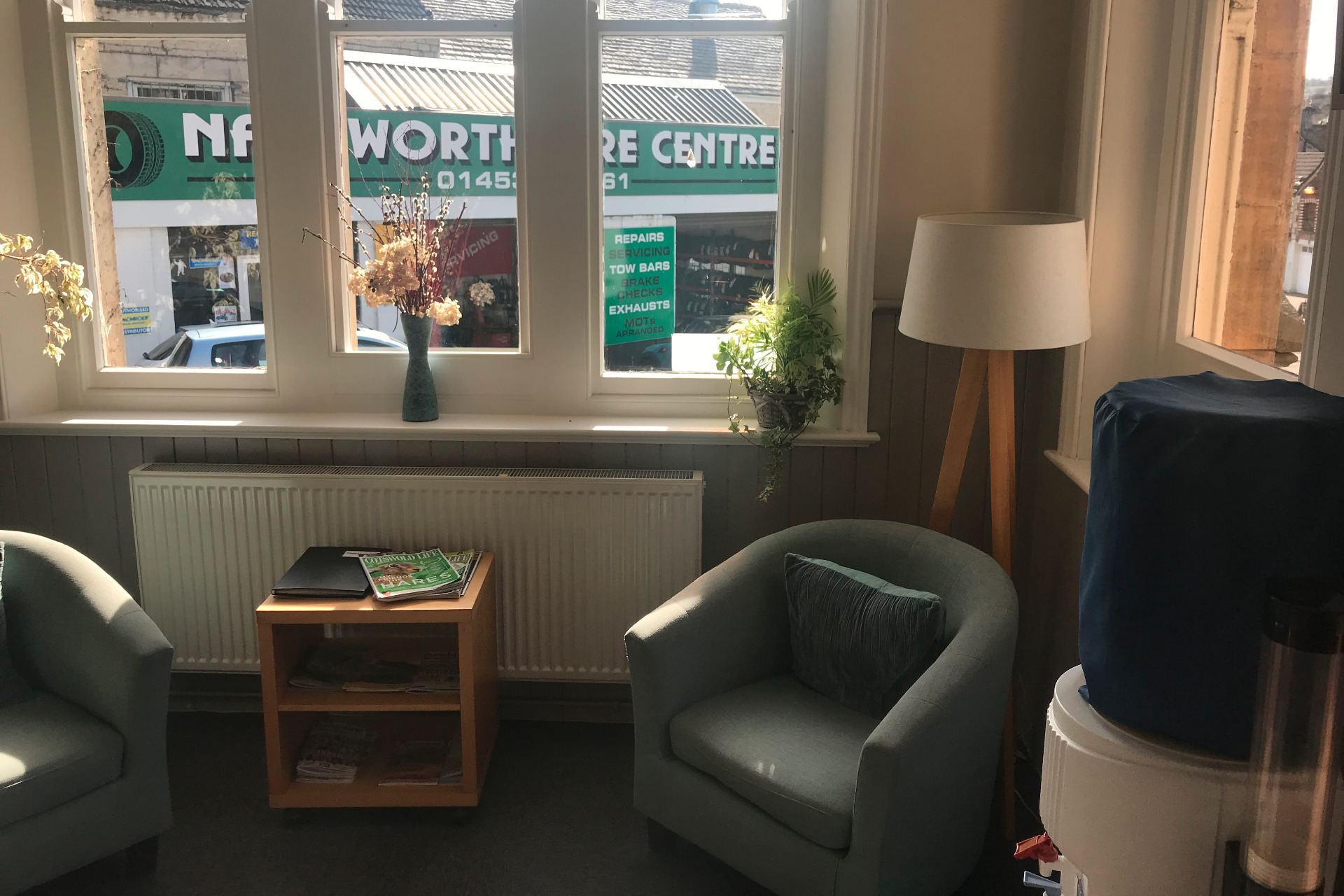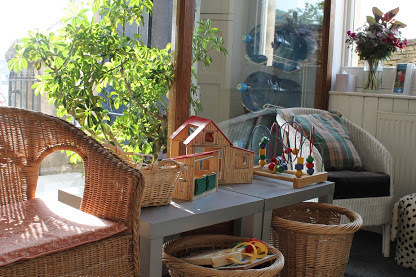
Stephenie Luff
B.Sc (Hons), MSCP, HCPC, AACP
Physiotherapist
My Specialities
Physiotherapy
Massage
Acupuncture
Reiki
Physiotherapy
The main aims of physiotherapy are to ease pain, prevent injury and restore movement and normal body function following injury or illness. Physiotherapy understands that everything in the body is interlinked, therefore looks at the body as a whole rather than the symptoms in isolation. There may be underlying emotional, lifestyle and environmental factors that may also contribute to your condition. All these elements are carefully considered and assessed to form a holistic diagnosis & treatment plan, which is individually tailored to your needs.
Conditions Treated
Back and neck problems – e.g. Pulled muscle, trapped nerve, prolapsed or degenerated discs, sciatica
Soft tissue Injury - Injury to muscles, ligaments, and tendons e.g. Tennis Elbow, Ankle Sprain, Achilles Tendonitis, Plantar fasciitis.
Joint Problems – e.g. Osteoarthritis, Bursitis, Rheumatoid Arthritis, Meniscus Tear
Post Op and Fracture Rehabilitation - e.g. Hip and Knee replacement, Rotator Cuff Repair
Mobility or Balance Problems
Neurological Conditions - e.g. Stroke, MS, Parkinson’s Disease
Headaches
Fibromyalgia and Chronic Fatigue Syndrome
Stress Related Problems
Techniques and Approaches
Massage
Swedish massage is a classic relaxation massage that can help improve circulation and soothe aching muscles. It uses long broad light strokes (effleurage) and stronger kneading stroke (petrissage) over areas of deeper muscle tissue.
Deep Tissue Massage focuses on a specific problem, such as chronic tension, pain and injury rehabilitation. Whilst some stroke are the same as classic (Swedish) massage, the pace tends to be slower and a stronger pressure is applied.
Transverse Friction Massage is used to break down scar tissue.
Trigger Point Massage uses isolated pressure techniques to tight areas within a muscle to reduce muscle tension and relieve pain.
Lymph and oedema massage is a special massage technique used to clear swelling that has resulted from injury, trauma or surgery. Gentle strokes are used to clear blockages in the lymphatic system. Reducing swelling can help improve recovery, decrease pain and increase movement.
Manual Therapy
Hands-on techniques to manipulate or mobilise joints; stretch tight structures; facilitate movements.
Exercise Prescription
Specific exercises targeted at a particular muscle or body area to strengthen or retrain the muscle; general exercise, such as walking or swimming to enhance overall wellbeing; Proprioception and balance exercises.
Gait Re-education
Correction of altered walking patterns as a result of injury or illness.
Brain-focused Training
Uses visualisation and/or mirror imagery to activate specific parts of the brain to help reduce pain or encourage muscle movement. Can be used in the early stages of rehabilitation. Particularly useful with stroke rehabilitation, phantom limb pain in amputees and chronic regional pain syndrome (CRPS).
Laser
Laser therapy employs low power or ‘cold’ laser light to aid the natural healing process of the body. It can achieve improved outcomes and rapid healing in the treatment of sports injuries, plantar fasciitis (heel pain), epicondylitis (tennis elbow), Achilles tendonitis, acute and chronic back pain, adhesions, rheumatoid and osteoarthritis, chronic oedema and fracture healing. It does this by stimulating the body's healing cells through using particular wavelengths of light.
Low level laser has also shown to stimulate enhanced release of endorphins and the suppression of pain messages to the brain, thereby providing pain relief. It provides an alternative needle-free medium to Acupuncture.
Acupuncture
Acupuncture involves the insertion of very fine stainless steel needles into the skin. It works by stimulating the body to produce endorphins and oxytocin, its own pain- and stress-relieving chemicals. It can promote sleep by stimulating the release of melatonin in the body and may encourage a sense of well-being by stimulating the release of serotonin.
Acupuncture may be used to treat a wide range of common health problems and to reduce pain. In 2009 the NICE guidelines recommended a course of 10 sessions of acupuncture for persistent, non-specific low back pain. It can be combined with other physiotherapeutic treatments such as massage, exercise, manual therapy and relaxation techniques.
If you would like to learn more, please visit the following websites:
My Qualifications
BSc (Hons) Degree in Physiotherapy 2007
Health & Care Professions Council – Registration number PH84100
Chartered Society of Physiotherapy – Membership Number 080014
Reiki Second Degree – 5th August 2007


My Hours & Pricing
I am available for appointments at the Nailsworth Natural Health Centre on Mondays from 9.15am-1.15pm, and on Wednesdays from 9.15am-2pm.
My prices are as follows:
Initial Assessment (60 mins): £45
15 min follow up: £20
30 min follow up: £30
45 min follow up: £40
60 min follow up: £50
If you would like to book an appointment, please get in touch.



